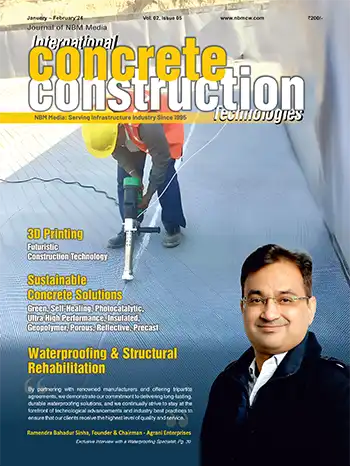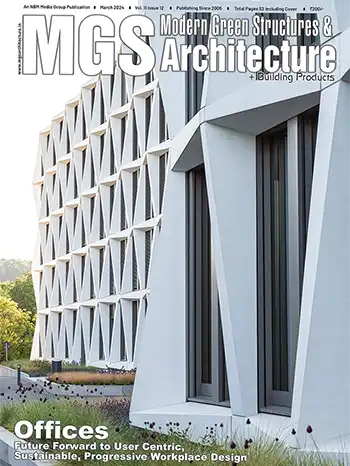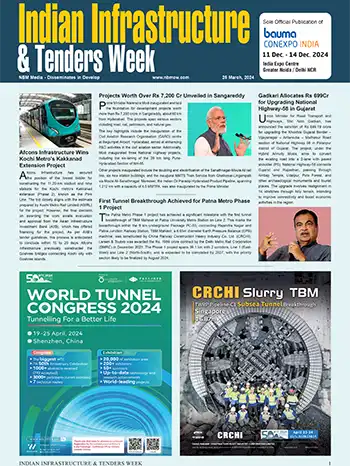Properties of Concrete by Replacement of Natural Sand with Artificial Sand
Vinayak R.Supekar, Student, PGP-ACM. Civil (C&M), NICMAR, GOA
Popat D.Kumbhar, Associate Professor, Department of Civil Engineering
Rajarambapu Institute of Technology, Rajaramnagar, Sakharale.
Popat D.Kumbhar, Associate Professor, Department of Civil Engineering
Rajarambapu Institute of Technology, Rajaramnagar, Sakharale.
Introduction
Concrete is the most widely used material of construction all over the world. A huge quantity of concrete is consumed by global construction industry. In India, the conventional concrete is mostly produced by using natural sand obtained from the riverbeds as fine aggregate. The advantage of natural sand is that the particles are cubical or rounded with smooth surface texture. The grading of natural sand is always not ideal. It depends upon place to place. Being cubical, rounded and smooth textured, it gives good workability. One of the important ingredients of conventional concrete is natural sand or river sand. However, due to the increased use of concrete in almost all types of construction works, the demand of natural or river sand has been increased. The infrastructure development such as express highway projects, power projects and industrial developments have started in a big way now. Available natural sand is getting depleted and also it is becoming costly [1]. Thus, to meet these increased demands of construction industry, excessive quarrying of sand from river beds is taking place causing the shortage of natural sand. This scarcity of natural sand due to such heavy demands in growing construction activities have forced engineers to find a suitable substitute. One of the cheapest and the easiest ways of getting substitute for natural sand is by crushing natural stone to get artificial sand of desired size and grade [2]. The use of artificial sand will conserve the natural resources for sustainable development of the concrete in construction industry [3].Artificial sand is a process controlled crushed fine aggregate produced from quarried stone by crushing or grinding and classification to obtain a controlled gradation product that completely passes the 4.75mm sieve. Artificial sand generally contain more angular particles with rough surface textures and flatter face than natural sand that are more rounded as a result of weathering. Over the time some investigations have shown that angular particles, rough surface of artificial sand influences the workability and finish ability in fresh concrete. The artificial sand have to satisfy the technical requisites such as workability, strength and durability of concrete and hence it has become necessary to study these properties in order to check the suitability and appropriate replacement level of artificial sand in comparison with the natural sand for producing concretes in an economical way [4, 5].
In the present study, an attempt has been made to experimentally study the strength of concrete cubes and cracking patterns of concrete slab panels by replacing the natural sand with artificial sand at various replacement levels of 20%, 40%, 60% and 100%. The results have shown that the natural sand can be replaced with the artificial sand upto a maximum replacement level of 60% in order to produce concrete of satisfactory strength. The results have also indicated that concrete slab panels showed minimum area of cracks on its surfaces thus improving the durability property.
Experimental Work
Materials UsedThe properties of various materials used in making the concrete (M20) are discussed in the following sections.
This is a premium article available exclusively for our subscribers.
If you are already a subscriber, please Login
If not, subscribe now and get access to well researched articles & reports on infrastructure construction, equipment & machinery, innovations & technology, project reports, case studies, and more. All this by simply paying just ₹200/- for a month of complete portal access, or a discounted rate of ₹1000/- for a full year of access.
NBM&CW November 2012


















